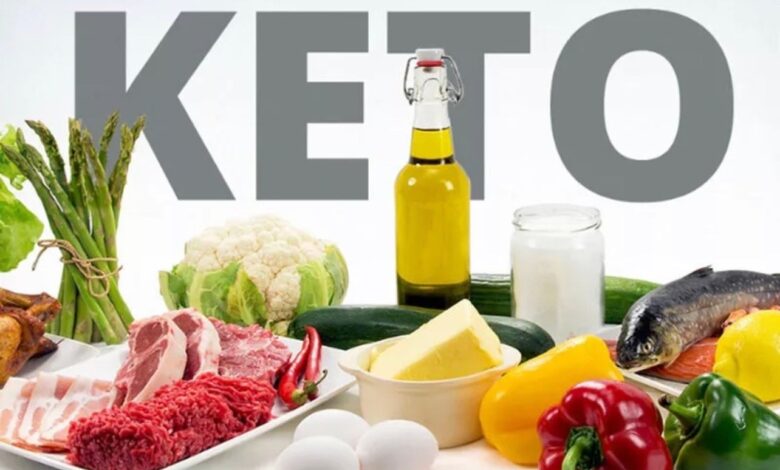
5 Essential Tips for Keto Beginners
If you’re new to keto, it’s easy to feel overwhelmed. But don’t worry, you’re not alone! This blog will guide you through the essential tips for starting the keto diet the right way.
1. Introduction
- Overview of the ketogenic diet
- Why people are choosing the keto lifestyle
- What you can expect as a beginner
2. What is the Keto Diet?
- The basics of the keto diet
- How the body enters ketosis
- The role of fats, proteins, and carbs in the keto diet
3. Tip 1: Start Slowly and Set Realistic Expectations
- Why easing into keto is important
- Understanding the transition period
- How to adjust your expectations
4. Tip 2: Track Your Macros
- What are macros and why they matter
- The ideal macronutrient ratio for keto
- Tools and apps to track your macros
5. Tip 3: Focus on Whole, Nutrient-Dense Foods
- Importance of quality food choices
- Best foods to include in a keto diet
- Avoiding processed foods and hidden sugars
6. Tip 4: Stay Hydrated and Balance Electrolytes
- The importance of hydration on keto
- Why electrolytes are crucial on keto
- Best practices for staying hydrated
7. Tip 5: Manage Keto Flu Symptoms
- What is the keto flu and why does it happen?
- Common symptoms and how to cope
- How to minimize or avoid keto flu
8. Common Mistakes Beginners Make on Keto
- Eating too many carbs or too much protein
- Not getting enough fats
- Ignoring electrolytes and hydration
9. How to Create a Sustainable Keto Lifestyle
- Balancing keto with your daily life
- Finding keto-friendly recipes
- Meal prepping and planning for success
10. The Benefits of the Keto Diet for Beginners
- Weight loss and energy levels
- Cognitive benefits and mental clarity
- Improving overall health
11. Frequently Asked Questions (FAQs)
- Can I eat fruit on keto?
- How long does it take to see results on keto?
- Can I drink alcohol on a keto diet?
- What’s the difference between keto and low-carb diets?
- How can I avoid feeling deprived on a keto diet?
5 Essential Tips for Keto Beginners
Starting a ketogenic diet can feel like a big leap, especially if you’re not familiar with how it works. But don’t worry! Whether you’re aiming for weight loss, better mental clarity, or improved energy levels, the keto diet can be a game-changer if you follow the right steps. This guide will walk you through five essential tips to make your keto journey smoother, especially as a beginner. So, let’s dive in!
Introduction
The ketogenic diet, or keto diet, has exploded in popularity over the last few years, with many claiming it helps with weight loss, energy, and even brain function. But what exactly is keto, and why is it getting so much attention? The keto diet is a high-fat, moderate-protein, low-carb eating plan designed to get your body into a state of ketosis, where it burns fat for fuel instead of carbs.
If you’re new to keto, it’s easy to feel overwhelmed. But don’t worry, you’re not alone! This blog will guide you through the essential tips for starting the keto diet the right way.
Read Also; Keto Diet Process: How to Effectively Start Your Keto Journey
What is the Keto Diet?
The keto diet is based on drastically reducing carbohydrate intake, replacing it with healthy fats, and maintaining a moderate protein intake. In a typical keto diet, about 70% of your calories come from fats, 25% from protein, and only 5-10% from carbohydrates. This significant reduction in carbs forces your body to enter ketosis, a metabolic state where your body burns fat instead of carbs for energy.
Why does this matter? Because when your body is in ketosis, it can tap into fat stores for energy, which is why many people experience weight loss. It also has a range of other health benefits, including improving blood sugar control and reducing inflammation. But as a beginner, getting your body into ketosis can take time and adjustments.
Tip 1: Start Slowly and Set Realistic Expectations
Transitioning into keto too quickly can be overwhelming for your body. If you’ve been eating a high-carb diet for a long time, diving straight into a strict keto diet can lead to “keto flu,” which includes symptoms like fatigue, headache, nausea, and irritability.
To ease into it, start by gradually reducing your carb intake over a few days or weeks. Don’t expect immediate results—allow your body time to adjust to burning fat instead of glucose. Set realistic expectations about how long it will take for you to feel fully adapted to the keto lifestyle.
Tip 2: Track Your Macros
Tracking your macronutrients (macros) is one of the most important aspects of the keto diet. Your macros refer to the balance of fats, proteins, and carbohydrates you consume. On keto, you need to ensure you’re getting enough fats to stay in ketosis while keeping your carb intake very low.
The ideal macronutrient ratio for keto is around 70% fat, 25% protein, and 5% carbs. But it can be hard to figure out how much fat, protein, and carbs are in the foods you’re eating. That’s where tracking comes in. Use apps like MyFitnessPal or Carb Manager to keep track of your food and ensure you’re meeting your macros.
By tracking your macros, you’ll get a clear idea of where you may be going wrong and be able to make adjustments quickly.
Tip 3: Focus on Whole, Nutrient-Dense Foods
It’s easy to assume that the keto diet is just about eating lots of bacon and cheese, but that’s far from the truth. A well-rounded keto diet is all about nourishing your body with whole, nutrient-dense foods. Choose healthy fats like avocados, olive oil, and nuts, and prioritize lean protein sources like fish, chicken, and grass-fed beef.
Incorporate plenty of non-starchy vegetables like leafy greens, cucumbers, and bell peppers to ensure you’re getting enough fiber, vitamins, and minerals. These foods help fill you up and keep your digestive system healthy without adding unnecessary carbs. And don’t forget about staying hydrated!
Tip 4: Stay Hydrated and Balance Electrolytes
One of the lesser-known aspects of the keto diet is that it can cause your body to excrete more water and electrolytes. This is due to the reduction in carbs, which results in lower levels of insulin and leads to a loss of sodium and potassium.
To avoid dehydration, make sure to drink plenty of water throughout the day. You may also need to replenish your electrolytes by consuming more sodium, magnesium, and potassium. Consider adding salt to your food, drinking electrolyte-rich drinks, or eating foods like avocados and leafy greens to help balance your electrolytes and avoid keto flu symptoms.
Tip 5: Manage Keto Flu Symptoms
Keto flu is a set of symptoms that many beginners experience when transitioning into a ketogenic diet. These symptoms include headache, fatigue, nausea, brain fog, and irritability, and they typically occur within the first few days to weeks of starting keto.
The best way to manage keto flu is to stay hydrated, ensure you’re getting enough electrolytes, and start your diet slowly. Eating more high-fiber vegetables and healthy fats will also help you avoid these symptoms. Keep in mind that keto flu is temporary, and it usually fades once your body fully adapts to ketosis.
Common Mistakes Beginners Make on Keto
When starting the keto diet, it’s easy to make a few common mistakes. For example, beginners often eat too much protein, thinking it’s good for weight loss, but this can actually interfere with ketosis. Others might overconsume nuts, dairy, or other high-calorie keto foods, leading to weight gain instead of weight loss.
The key is to maintain the right balance of fats, proteins, and carbs. Stay focused on nutrient-dense, whole foods, and track your macros carefully. And don’t forget to monitor your electrolytes!
How to Create a Sustainable Keto Lifestyle
The key to success with keto is sustainability. While keto can help with weight loss and improve blood sugar control, it’s essential to create a sustainable lifestyle that works for you. Meal planning and meal prepping are vital for staying on track, especially when you’re busy.
Experiment with keto-friendly recipes and find foods you love. Remember, keto isn’t just a short-term fix—it’s a lifestyle that can help you maintain long-term health benefits.
The Benefits of the Keto Diet for Beginners
When you start a keto diet, you’ll notice several immediate and long-term benefits. These can include weight loss, more energy, better mental clarity, and improved blood sugar levels. Keto has also been linked to reducing inflammation and improving heart health, making it a great option for overall well-being.
Read Also; Beginner’s Guide: How the Keto Diet Works
FAQs http://Wikipedia https://en.wikipedia.org › wiki › FAQ
Can I lose weight by only eating fruit on keto?
Fruits are naturally high in sugar, so they should be eaten in moderation. Some low-carb fruits like berries and avocados can be included in a keto diet, but fruits like bananas and grapes should be avoided.
How long does it take to see results on keto?
It can take anywhere from 2 to 4 weeks to fully transition into ketosis and start seeing noticeable results, depending on your body and how strictly you follow the diet.
Can I drink alcohol on a keto diet?
Alcohol is allowed on keto, but you should be mindful of the types of drinks you choose. Opt for low-carb options like wine, champagne, or spirits, and avoid sugary cocktails.
What’s the difference between keto and low-carb diets?
While both diets focus on reducing carbohydrate intake, keto is more restrictive with carbs and encourages a higher fat intake to induce ketosis. Low-carb diets allow more flexibility in carb intake.
How can I avoid feeling deprived on a keto diet?
Focus on eating a variety of whole foods, experiment with new recipes, and include keto-friendly treats and snacks. The key to success is finding satisfying meals and making the diet enjoyable

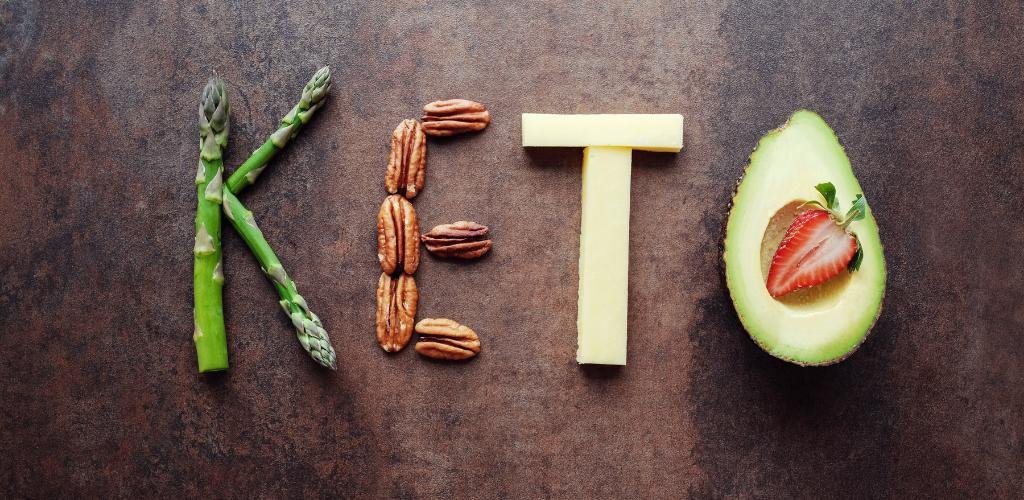

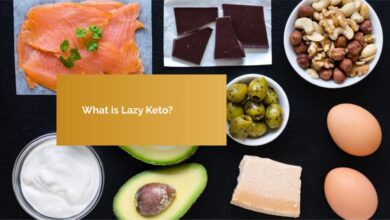
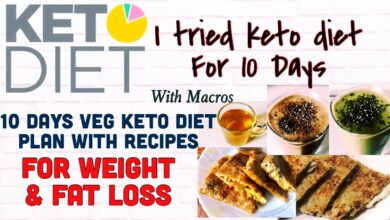
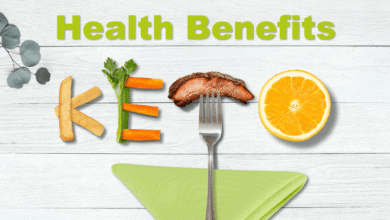
One Comment